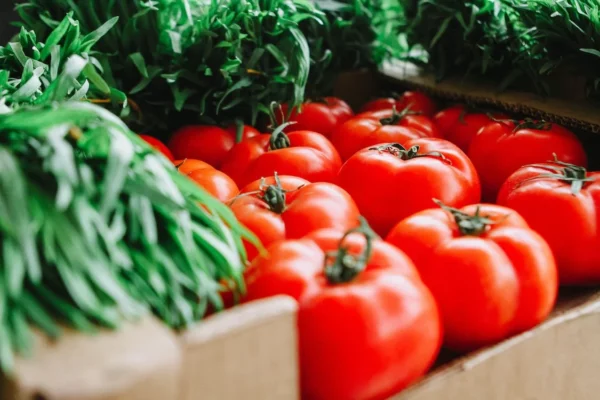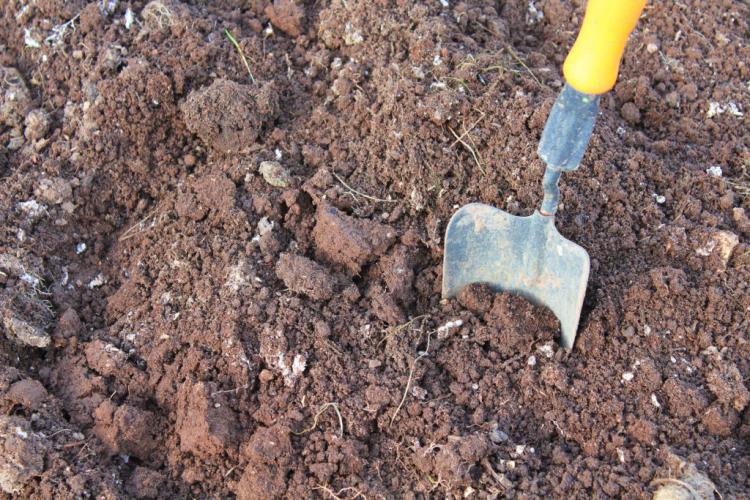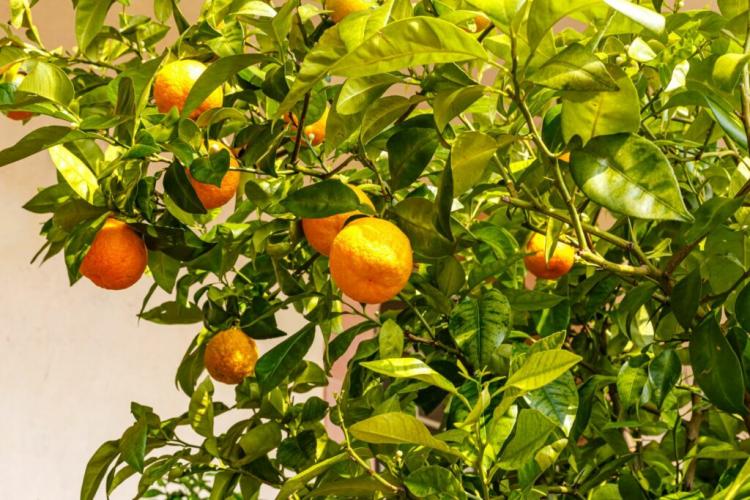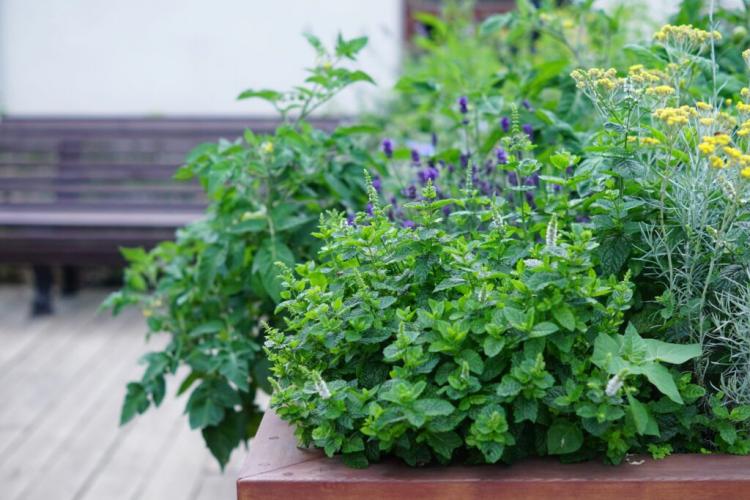How to Fertilize Tomato Plants
Tomatoes are heavy feeders. If you are a gardener and want juicy, tasty tomatoes, give your tomato plants a balance of nitrogen, phosphorus, and potassium. However, tomatoes will not thrive if you simply drown them in fertilizer and hope for the best. It is important to have a fertilizing routine.
Although your soil probably has some nutrients already, they may be depleted. Fertilizing your tomato plants start with a soil test to determine what nutrients are already in your soil and the best tomato fertilizer to use. The success of planting and growing good tomatoes depend on the fertilizer you choose and knowing when to fertilize.
This guide will walk you through the steps and advise you on choosing the best fertilizer for tomatoes.
Should you Fertilize Tomatoes?
Table of Contents
Tomato plants get most of their nutrients from the soil and need the right fertilizer. There are multiple stages of tomato development where fertilizer would be beneficial. The quality of the fruit you grow and produce, and the plant’s resilience to disease can all benefit from the best tomato fertilizer. Prior to planting your seedlings, you may want to test your soil.
If this is your first time planting tomatoes outside, the soil likely contains enough nutrients that the plants need to thrive. If you want to know if your new planting location or existing soil has any deficiencies and how to fix them, you should have a soil test done.
As often as twice a month, depending on the potting mix, tomatoes in containers need to be fed throughout the growing season. Applying a balanced fertilizer like 5-5-5 or 5-10-5 while watering is optimal for growing a bumper crop of tomatoes.
You Might Also Like Sugar Grape Tomatoes Green Tomatoes
What types of Fertilizers to give your Tomatoes?
Organic and manufactured commercial fertilizers can boost crop production and quality when applied properly. Fruit quality, sugar levels, and storage properties are all improved by products designed to be used at a certain time during plant growth. They are sold in various forms, including liquid fertilizers, granular fertilizers, powders, dust, and pre-mixed solutions.
Here are a few types of fertilizer you can consider to find the best tomato fertilizer for your plants.
Organic Tomato Fertilizer

Fish Emulsion
Liquid fertilizers rich in nitrogen and other components like magnesium and calcium can be found in fish emulsions. It is a viscous liquid that gets diluted with water before spraying on the soil and the leaves. It can be used repeatedly during the growing season, but it should be handled with care, or it could cause damage to tender new growth.
Animal Manure
Since the high levels of nitrogen in new manure can also burn plants, it is recommended that manure be aged before being applied. Both new seedlings and established plants benefit from this fertilizer, which is mixed into the soil, at the bottom of the planting hole, before transplantation. Old manure is typically sold in square foot quantities by the bag.
Bone Meal and Blood Meal
Both bone meal and blood meal are powders that can be used to enrich the soil with phosphorus and nitrogen. Both need time to break down before being usable by plants (weeks), but once they do, they are useful for months.
You Might Also Like Do Weeds Die in the Winter?
Manufactured Tomato Fertilizer

Fertilizers available online are developed to supply precise nutrients to your plants quickly. Nitrogen, phosphorus, and potassium percentages are listed on the labels. Tomatoes need these vital nutrients to flourish.
Macronutrients like magnesium and calcium are listed on the labels of the tomato fertilizers offered by many businesses. You must read and comprehend the labels on these products before making a purchase.
20 percent nitrogen, 10 percent phosphorous, and 10 percent potassium are examples of a balanced NPK ratio. The rest is filler, which may contain trace amounts of additional vitamins and minerals.
Items with a higher P value can be marketed as flower power. Choosing the right product requires knowing at which growth stage your tomato plants require the most of these nutrients.
You Might Also Like Tomato Plants in the Winter
How to Feed Your Plants with Fertilizer?
Fertilizing tomatoes is helpful at different stages of growth. Learn when and how to add fertilizer to your tomato plants here.
How to Fertilize Tomato Seedlings?

Indoor seed starters might benefit greatly from light fertilization right away.
Adding worm castings or slow-release organic fertilizer to the seed-starting mix is a simple way. When seeds reach the 4-week mark, you can also provide it by watering your seedlings with a diluted mixture of compost, worm castings, or liquid fertilizer tea once a week.
Those who buy transplants from a nursery or garden center can expect their purchases to have already received some fertilizer. However, starting them off on a low dose at home is smart.
How to Fertilize Tomatoes when Planting?

It is crucial to provide plants with a boost of slow-release fertilizer during planting time. Tomatoes require a low-energy, steady-food diet for the first four to eight weeks in the ground to establish a strong root system.
It is best to choose a balanced fertilizer to help your plants grow healthy. Compost has a wonderful equilibrium of nutrients coming to the plants; its power is released gradually over time. Adding 1/4 cup of worm castings to the planting hole is equally beneficial, releasing nutrients slowly.
An all-purpose organic slow-release fertilizer can be used without compost or worm castings.
How to Fertilize Growing Tomatoes?
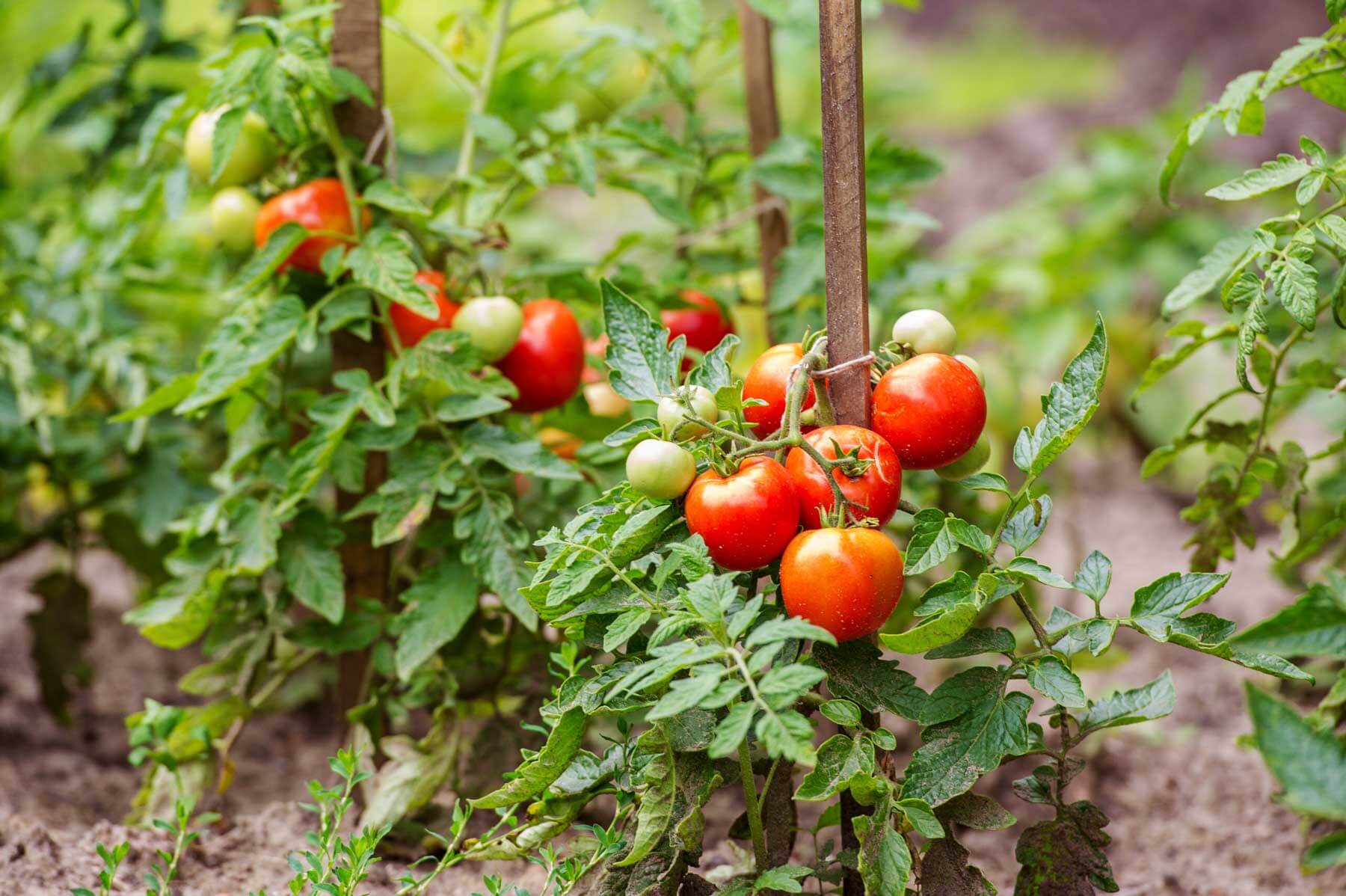
Tomato seedlings should be given a few weeks to get established in their new soil environment before receiving another round of fertilizer. Too much fertilizer applied too soon after being transplanted can damage plants due to the stress caused by the initial environmental change.
Tomatoes need further fertilization after they have been planted for about three to four weeks. They have set the groundwork, and it is time to take off.
The key to successfully fertilizing growing tomato plants is a slow and steady application of nutrients. Putting in excessive fertilizer at once can lead to serious problems. Nutrients in liquid fertilizers are easily spread in the soil around the plant. In comparison, dry fertilizers can be sprinkled.
For example, too much or excess fertilizer might cause plant burn and damage. However, it may cause the plant to go through a growth spurt in which no flowers are produced.
Compost or worm-casting tea should be applied every 14 days. Tomato plants benefit from using a liquid fertilizer in two ways: through their roots and their leaves.
Liquid organic fertilizer is another option if you do not have access to compost or worm-casting tea. Fertilizer should be applied every two weeks at a rate of one-half the full dose. This aids in maintaining a consistent flow of nutrients to the plants over time.
When to Stop Fertilizing Tomato Plants?
Fertilizer is great for tomato plants, but as was noted before, too much of a good thing could be bad. And that includes waiting until the end of the season to fertilize.
Stop fertilizing as soon as a significant amount of fruit has formed on the plants, and harvesting is about to begin.
If you fertilize your plants too late in the season, they may stop producing flowers and instead put their energy towards developing more foliage. Furthermore, fertilizer is neither required nor useful in boosting flower production.
Finally, picking ripe fruit daily will help tomato plants produce more. Picking on a regular schedule ensures that the energy put into ripening the fruit is not wasted and instead goes toward the growth of new fruit.
FAQS – How to Fertilize Tomato Plants?
When should I start fertilizing my tomato plants?
Tomato plants are heavy feeders. They benefit from fertilization twice: once when the first fruits appear, when they are still little, and once again about two weeks before blooming begins.
What is the best way to fertilize tomatoes?
Use a phosphorus-rich, water-soluble fertilizer while growing tomatoes. After you have harvested your first crop, apply another round of 5-10-5 fertilizer. After the initial tomato harvest, fertilize once more to keep healthy plants.
Is Miracle-Gro good for tomatoes?
You can have the garden you always wanted with the help of Miracle-Gro® Water Soluble Tomato Plant Food. Vegetables grown with this water-soluble fertilizer are larger and produce more fruit than those grown without it. Tomatoes, cucumbers, squash, peppers, and carrots are just some of the many types of veggies that benefit from this fast-acting feed.
What is the best homemade tomato fertilizer?
The best homemade fertilizer for tomatoes is high-quality compost, a well-decomposed material, dark in color and crumbly. Applying compost once a year does more than only improve soil structure; it also increases the soil’s nutrient content.
